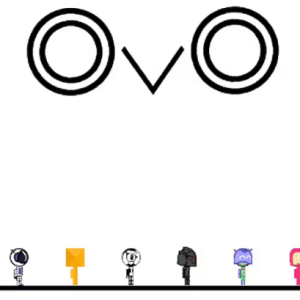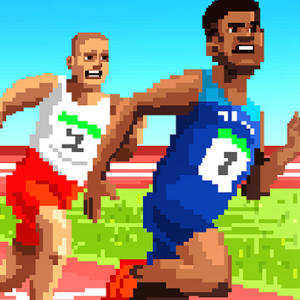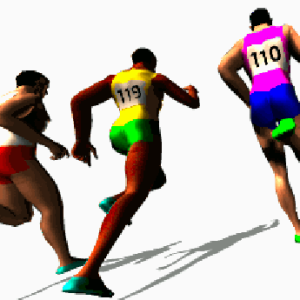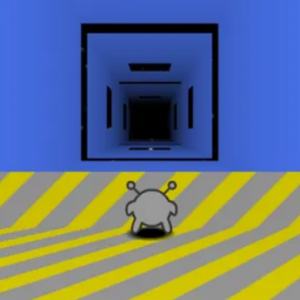Running Games
Running games are built around continuous forward motion, where the player navigates obstacles, collects items, and reacts to sudden environmental changes. These games often feature simple controls—usually swipes or directional keys—but rely on quick reflexes and decision-making. The screen keeps moving, and players must adapt to increasing speed, tighter turns, and more complex patterns. The objective is survival and distance, with no real finish line—only the challenge of lasting longer or achieving a higher score.
Design Focus and Difficulty Curve
What sets running games apart is the blend of intensity and repetition. Levels are often procedurally generated or endlessly looping, creating unpredictability even in familiar formats. Players are encouraged to learn through failure, improving their timing and path selection with each attempt. Many games introduce power-ups, environmental shifts, and character customization, but the core loop always centers on fast reaction and spatial awareness. Difficulty increases naturally as the run progresses, without needing elaborate systems or complex mechanics.
Popular Titles and Their Distinct Features
Notable games in this category include Subway Surfers, Temple Run 2, and Run 3. Subway Surfers emphasizes lane switching and collecting coins while being chased through tight subway corridors. Temple Run 2 adds a third-person perspective and more dynamic obstacle interactions, like sliding under fire traps or turning at sharp angles. Run 3 stands out by introducing gravity shifts, letting players run on walls and ceilings inside a floating tunnel. Each of these games highlights a unique aspect of the genre but sticks to the essential formula: keep moving, avoid crashing, and beat your last run.














